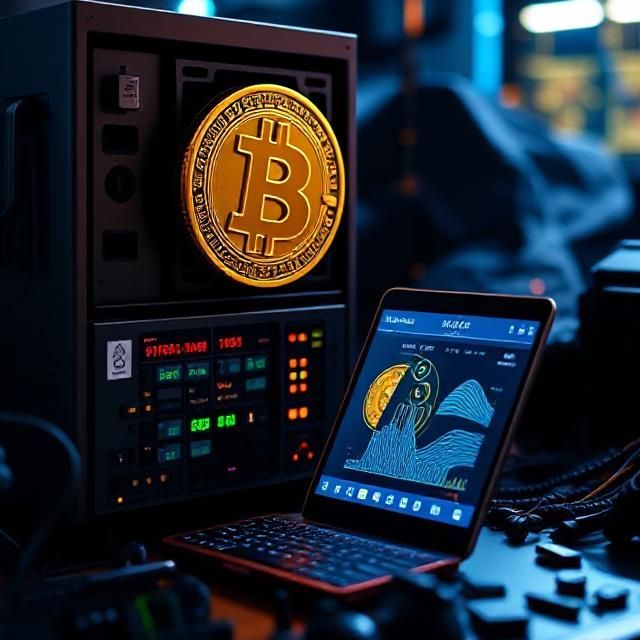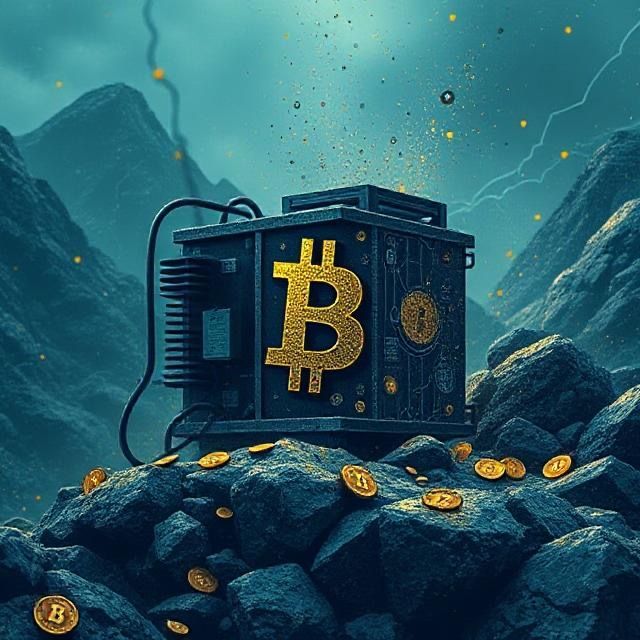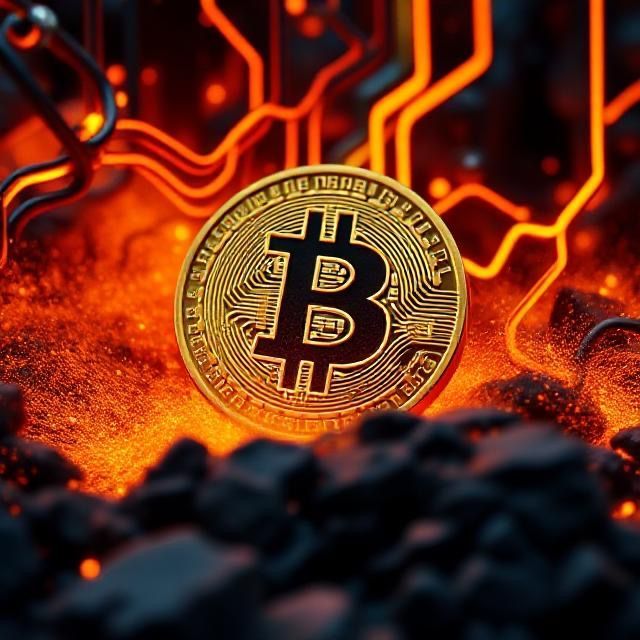Binance Review – Exchange Features, Trading Fees and Security
It’s tempting to say that Binance needs no introduction, but then again, it wouldn’t hurt to refresh yourself on how and why Binance has become the world’s top cryptocurrency exchange. For most companies, products, assets, and services, the path to the top of any respective industry is usually not a straight one. The same can’t be said for Binance — in the two years since its ICO , Binance has conquered every milestone while simultaneously shredding its competition to pieces.
Let’s rewind all the way back to the beginning. On June 13th, 2017, at around 11 PM, Binance’s founding team definitively decided to create the exchange and set July 14th of the same year as the ICO date. During the intervening month, the team set out to create the whitepaper and lay the groundwork for what was to become crypto’s most legendary exchange. The ICO was an instant success, raising $15 million just in time to catch the legendary Bitcoin bull run that kicked off in 2017’s latter half.
At first, Binance had an inauspicious beginning. Tokens that were listed there seemed to plummet instantly in what became known as the “Binance kiss of death.” However, that didn’t stop the exchange from immediately capturing large amounts of exchange market share. Their formula was simple — provide an incredibly intuitive, simple, and fast user-interface that had little to no downtime.
Up until Binance, crypto exchange users had been suffering at the hands of sketchy, illiquid, and poorly organized exchanges for quite some time. Many exchanges popped up and disappeared overnight — which would’ve been alright if it hadn’t been for the fact that when they disappeared, they did so with users’ funds. Coinbase was a ray of hope at the time, but their offerings were paltry, leading more adventurous traders to create accounts on obscure foreign exchanges using Google Translate. Those were the days.
Along came Binance, and all of that changed. Previously unobtainable altcoins were suddenly — and easily — available on an exchange that had real user support and a blazing fast trading engine. That’s not all Binance brought to the game, though. Binance Coin (BNB) , the exchange’s native token, may have been the piece de resistance.
Binance introduced an option to traders which allowed them to pay their trading fees in BNB — doing so significantly cut trading fees. That’s still the case today. The brilliant power move to bring a token into the mix was also backed up by game-changing tokenomics — but more on that later.
It’s pretty tough to talk about Binance without mentioning Changpeng “CZ” Zao, the exchange’s effusive, charismatic, and outspoken CEO. The exchange has not been without its issues, but the difference between it and other exchanges who experience trouble is that other exchanges don’t have CZ at the helm.
Earlier this year, Binance was hacked for over 7,000 BTC ($40 million at the time). The attack, though significant, served to highlight why the world has come to trust Binance so much. In an act of complete transparency, CZ alerted the world about the attack immediately via all of the exchange’s social media channels, including his personal Twitter account, and reassured Binance users that the exchange’s SAFU fund would cover all losses. Additionally, CZ took the extremely precautionary step of suspending deposits and withdrawals for a week after the hack while the exchange’s security was upgraded.
Binance’s world domination has been aided by a rapid expansion into markets with regionally-specific exchange sites Binance Uganda, Jersey, and Singapore — all in addition to its global service. However, rather than concentrate its power into one single centralized exchange, Binance has initiated steps to decentralize its services by launching its own blockchain dubbed Binance Chain.
Now that you’re a bit more familiar with the wide scope of the Binance ecosystem, let’s have a look at the nuts and bolts of the exchange.
Opening an Account
Gaining access to a new Binance account is simple. The team at Binance is well aware that many, if not most, people who use their exchange are new to trading and investing crypto altogether. To that end, Binance has undergone several redesigns, with the most recent being in late June 2019, all to cater to a simpler aesthetic.
To create an account, you’ll need to hop over to Binance.com (always triple-check that the address is correct) and click the ‘register’ button in the upper right-hand corner. If you’re a resident of the USA, you won’t be able to create an account. Instead, you’ll have to wait until Binance.US debuts in September.
So — assuming you’re not a US resident — you can go ahead and enter both an e-mail address and password before hitting ‘create account.’ Boom, you’re well on your way to trading on the world’s most busy crypto exchange. You’ll get an email used to verify your new account which you can go ahead and click, then voila , time to get cracking.
Once your wallet(s) are funded, you’re ready to rock. Binance has two views depending on your needs. On the upper left, just near the Binance logo, there’s an ‘exchange’ button.
Hover over it to expand two viewing options — ‘basic,’ and ‘advanced.’ After choosing the view that best suits your experience level, it’s time to trade.
Features and Services
Binance is arguably the most feature-rich exchange available today.
- Launchpad — Binance has fostered the nascent IEO (Initial Exchange Offering) movement by introducing Launchpad, its platform for incubating and hosting IEOs. Previously, investors had to do their own diligent research about ICOs before going through the difficulties of investing in them. With Launchpad, investors still need to perform their own research, but they can rest assured that Binance has already vetted the projects ahead of time. Because Launchpad is an elegantly designed platform for investing, the level of making new investments has raised significantly since the ICO days.
- Margin trading — Although the margin trading feature isn’t live just yet, it’s about to be. As part of Binance 2.0, an overall update to most of the Binance trading ecosystem, margin trading will allow you to make leveraged trades as you may already do on BitMex. Initially, margin trading will only support the following tokens: BTC, ETH, TRX, XRP, and BNB.
- Scalability — Binance users have come to understand that unless the downtime is planned, there is virtually no disruption of the service at any point. Even when BTC is experiencing a day of $40+ billion in trading volume, the exchange runs nice and smooth. That’s probably got something to do with the exchange’s ability to support 1,400,000+ transactions per second. With over $1.2 billion in daily trading volume on average, Binance is a financial hub unlike almost any other in the cryptoverse.
- Binance Chain — The last point is true because Binance’s centralized exchange (CEX) is exactly that — centralized. Binance is making moves away from centralization, however, and it’s doing so at a fast clip. Binance Chain is the company’s decentralized blockchain effort which also supports the Binance decentralized exchange (DEX). The Binance DEX supports many of the same currencies as the CEX, but it also offers many other assets which land on the exchange by a community vote. In the future, Binance Chain may even be a fierce competitor to Ethereum. Given the number of projects floating over to Binance Chain from competing blockchains, Ethereum’s days as crypto’s #2 may be limited.
Binance Coin ($BNB) and Fees
Binance uses a novel system for trading fees. Basically, you can either pay full price for your trading fees, or you can pay at a discounted rate if you buy and hold BNB, then pay your trading fees with that. Without using BNB, your trading fees amount to 0.1% of every trade you make. Using BNB, the trading fee per trade is .075%.
That’s not all BNB is good for, however. You can buy and hold BNB to enter into Binance Launchpad lotteries. Doing so gives you a chance to be one of the few who makes the cut to invest in the latest IEO on offer. Considering that most of the Binance Launchpad IEOs have gone north of 400%+ gains, it doesn’t hurt to keep a bit of BNB in your wallet.
Finally, at the end of each financial quarter, Binance uses 20% of its quarterly profits to market buy BNB — then burns it from the supply. The point is to regulate the token supply and make it more scarce all while demand for the coin continues to surge. With an increase in use cases and products around the Binance ecosystem, demand for BNB is at an all-time high, which is reflected by BNB’s steady rise in valuation.
Security
Binance uses the latest in AI, blockchain forensics, and security tech to lock down its exchange and keep it safe for users. Obviously, a big part of keeping an exchange secure is not only keeping security tech current but also having an on-point support staff. Binance, thankfully, has both.
At times, and depending on the issue, Binance is able to provide real-time support. That’s pretty special in the crypto world — especially if you’re used to trading on one-off illiquid exchanges where support is non-existent.
The best part about Binance’s security measures, however, is its SAFU program. SAFU stands for Secure Asset Fund for Users and is a one-of-a-kind insurance fund for Binance users. Binance allocates 10% of its trading fee profits to the fund to cover any losses incurred under unforeseen circumstances such as hacks. The SAFU mechanism is already a major success — after the aforementioned $40 million hack, Binance covered users’ stolen funds using SAFU.
The Good and the Bad
If this review comes across as a glowing endorsement of Binance, that’s probably because it is. Binance is nothing short of an amazing exchange that has also become a crypto institution. For many traders, Binance has become synonymous with cryptocurrency investing. While Coinbase may still take the cake for new traders, those who have already gotten their feet wet and are looking for a deeper crypto trading experience will find that Binance delivers.
The impressively wide range of product offerings, features, and tireless dedication to making the exchange a better place to trade all add up to make Binance a top crypto destination. Even if you can find the same assets on another exchange, you’ll have to ask yourself: Will the other exchange cover me in the event that my wallet is hacked? If the answer is no, then consider making Binance your new best friend.
CZ is transparent, available, and seems like a genuinely good guy with a desire to make crypto better for everyone. Binance exchange reflects that. Their mission to decentralize in the coming years is noble, and since they’re looked up to and imitated by nearly all the competition, they’ll likely lead the move toward mainstream decentralized exchanges in the future, too.
Binance also supports what we consider to be the best range of digital assets in the market. There’s a reason behind why getting an asset listed on Binance is regarded as a major accomplishment — it’s because they won’t list just anything. That attitude is a major benefit for traders and investors who are looking for quality over quantity.
The post Binance Review – Exchange Features, Trading Fees and Security appeared first on Crypto Adventure.




